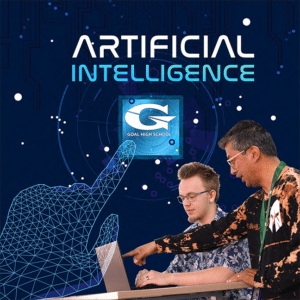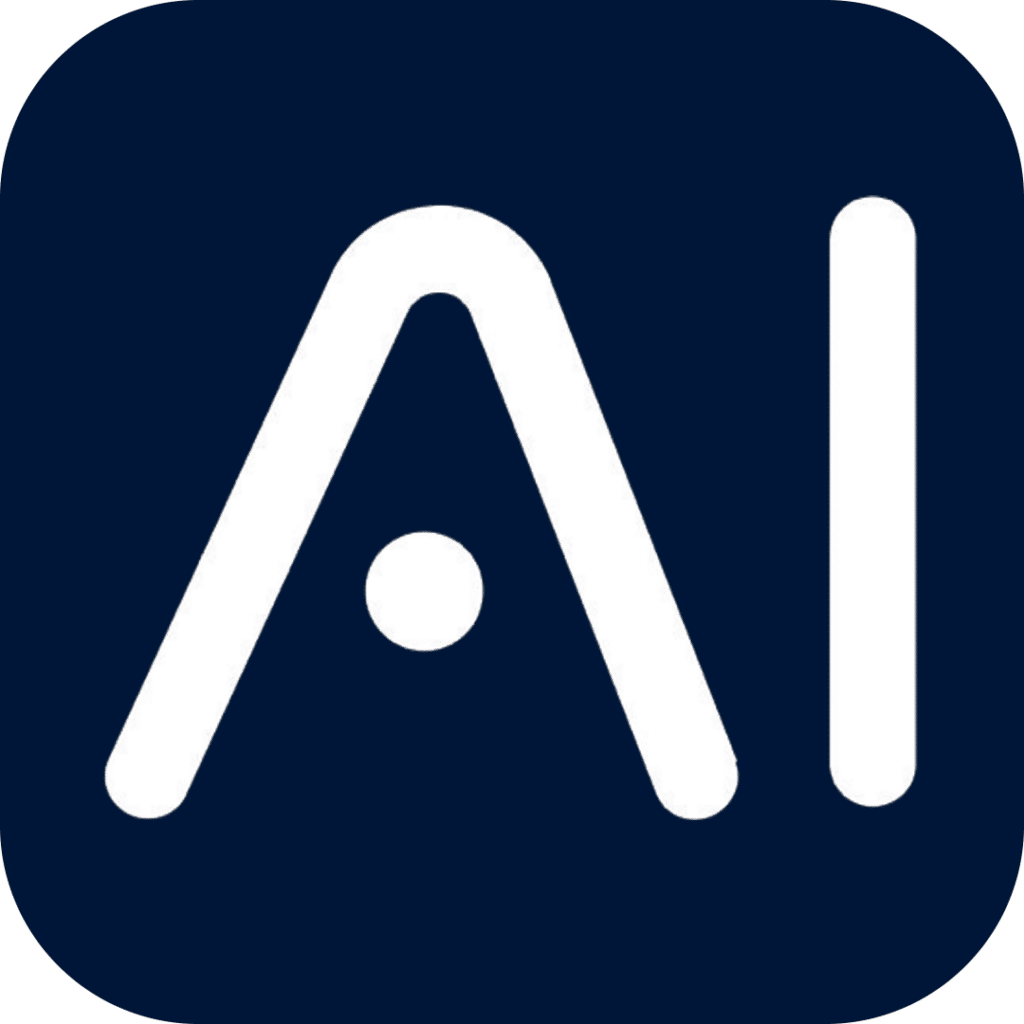AI is here to stay; GOAL chooses positive approach to this tool of the future

GOAL gamers engage more with studies while learning strategy and teamwork.
GOAL High School, a Microsoft Showcase School in Colorado, has successfully integrated artificial intelligence (AI) into its education model. Recognizing AI’s transformative potential, the school uses tools like Copilot for Bing, ChatGPT-4, and DALL-E 3 to enhance teaching and learning. The decision to embrace AI stemmed from the belief that it will revolutionize education, much like the resistance to and eventual acceptance of…. the common calculator in mathematics.
To ensure responsible AI adoption, GOAL High School established the Six Pillars of AI Responsibility, emphasizing transparency, accountability, fairness, privacy, security, and education. The school’s tech team actively implemented AI solutions, envisioning the creation of custom Copilots for academic needs—AI assistants aiding students and teachers in tasks like web search, summarization, and translation.
GOAL High School’s AI integration yielded positive outcomes, including improved student engagement, achievement, and teacher productivity. Recognized for its innovative and responsible AI use, the school’s efforts align with Microsoft’s vision for an inclusive and equitable education system, as emphasized by Leaza Silver, M. Ed, Senior Business Applications Executive at Microsoft.
Silver points out, “As a pioneer in AI education, GOAL High School sets an example for other institutions. Its success showcases AI’s potential for positive impacts in online learning, serving as inspiration for schools aiming to prepare students for the future in an evolving educational landscape.”
Certainly, GOAL High School’s example can inspire and guide other schools that want to embrace AI and prepare their students for the future.

Q: AI is still relatively new. How did you decide to address AI at GOAL High School?
A: AI is the hottest topic right now in the tech sector. We realized that AI will change education forever. It became clear that we needed to embrace this technology. A good analogy is the calculator. When it was first available, there was plenty of resistance to using it in the classroom. Now, everyone has one with them every day via their smartphone. AI is very much the same. It’s here, and it’s not going anywhere. It’s up to us to prepare our educators and our students for this new world and show how we can use AI for positive results in education.
Q: In what ways did GOAL’s status as a Microsoft Showcase school impact the adoption of AI?
A: As a Showcase School, GOAL is privileged to have early access to numerous products. AI is one of them. We’ve seen ChatGPT in action for some time now and had plenty of time to evaluate it. In addition, the support we recieve from Microsoft as an early adopter has been crucial to our rollout of Copilot for Bing and our versions of ChatGPT-4 and DALL-E 3.
Q: What resources at GOAL were helpful in developing the infrastructure to adopt AI?
A: Leadership collaboration is at the top of the list. As an executive team, we all prepared for this rollout by putting together our Six Pillars of AI Responsibility, which clearly provide a framework for successful AI use in our school. Those pillars directly address many of the common pitfalls of AI and provide a baseline for everyone to use.
Q: What resources at GOAL were helpful in modeling innovation through AI at GOAL?
A: You simply cannot adopt the technology and be innovative the way we are without a growth mindset. Simply put, it’s a relentless drive to craft, create, and use solutions that positively drive academic outcomes. We empower our teams to take risks and be bold. That spirit of risk is the single biggest driver in innovation.
Pillars of AI Responsibility: AI use for staff and students
1. Provide guidance on effective AI use.
2. Embrace a growth mindset to be adaptable in AI usage.
3. Provide examples on the use of AI tools.
4. Keep humans involved by scrutinizing AI responses and sources.
5. Instruct students to properly cite the use of AI.



